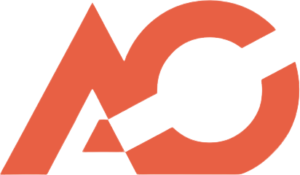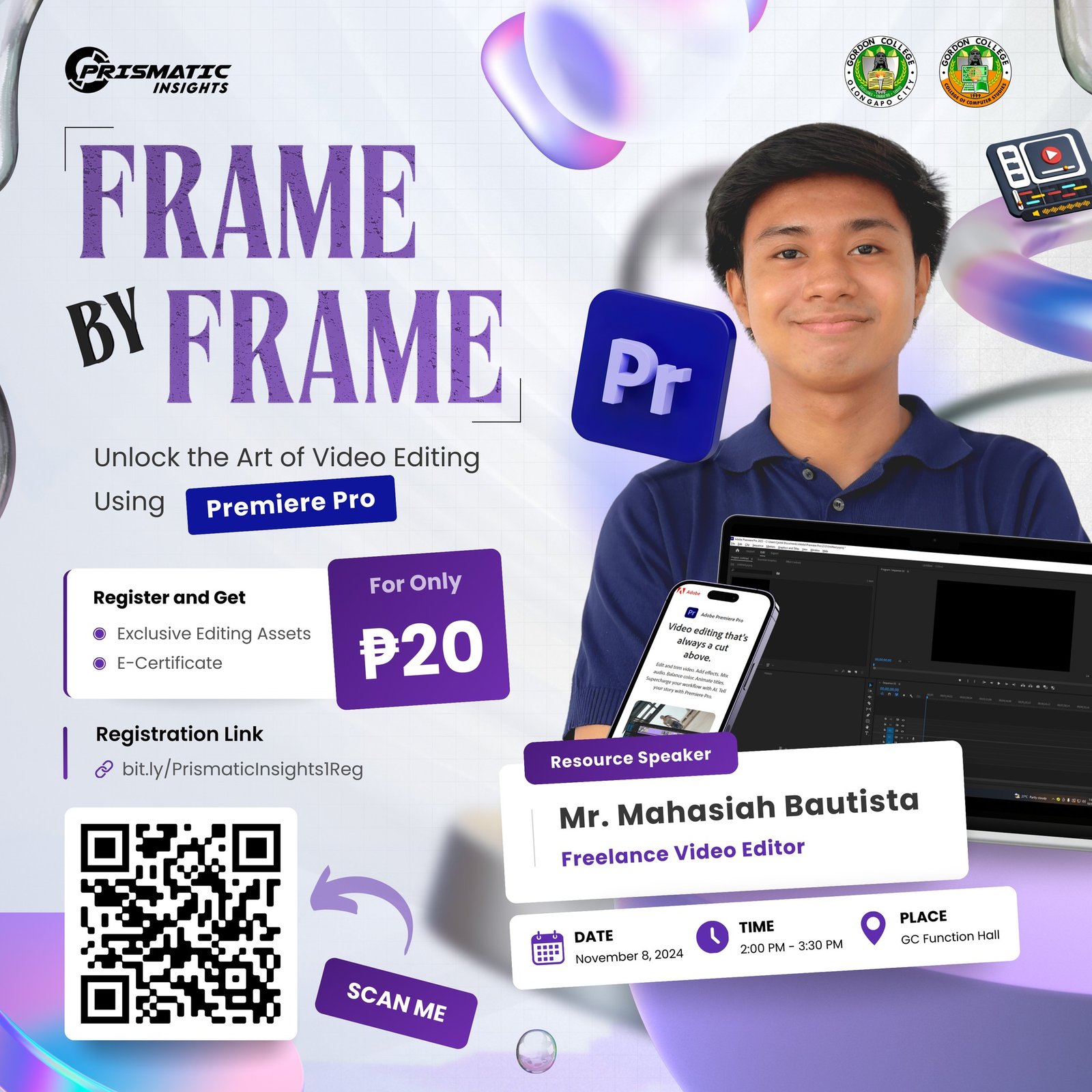On November 8, 2024, I spent my afternoon from 2:00 PM to 3:30 PM attending our team’s first-ever seminar titled “Frame by Frame: Unlock the Art of Video Editing Using Premiere Pro.” Due to unexpected circumstances, the venue was changed from the originally planned Gordon College Function Hall to Room 508. The seminar focused on teaching participants the fundamentals of video editing using Adobe Premiere Pro.
Initially, we had planned this as a paid seminar with a ₱20 entrance fee that included exclusive video editing assets for participants. However, when registration numbers were lower than expected, we adapted by making attendance free while offering the editing assets as an optional ₱20 purchase. Despite this change in approach, several students still chose to support the initiative by purchasing the editing materials.
The seminar began approximately 30 minutes later than scheduled as students arrived gradually. During this time, I personally reached out to fellow students from our department to encourage attendance. Throughout the event, I assisted with setting up the room and equipment while also helping with documentation of the seminar as it progressed.
Before organizing this seminar, I had limited experience with event planning and management. This seminar taught me valuable lessons about flexibility in event planning. When our original venue and pricing strategy weren’t working as expected, we had to quickly adapt our approach. I learned that being willing to adjust plans – changing the venue, modifying the pricing structure – was crucial to ensuring the seminar could still take place and fulfill its educational purpose.
The experience highlighted the importance of understanding our target audience better. The initial low registration suggested that either the ₱20 fee was a barrier for students or that we hadn’t effectively communicated the value of the exclusive editing assets. This insight will help us design more appealing and accessible events in the future that better match student needs and financial considerations.
I also gained perspective on timing expectations for student-focused events. The 30-minute delay in starting showed that student schedules and attendance patterns need to be factored into planning. Perhaps scheduling buffer time or creating pre-seminar activities would help address this issue in future events. Additionally, I saw how personal outreach can make a difference, as my efforts to invite department colleagues helped increase attendance.
As someone inspired by this seminar, I’m excited about how the video editing skills demonstrated could significantly enhance our team’s content creation capabilities. By applying these Premiere Pro techniques, we could improve the quality of promotional videos for future events, create more engaging social media content, and develop better instructional videos for various purposes.
We could implement a peer learning system where those who attended the seminar share their new skills with other team members. This knowledge-sharing approach would extend the impact of the seminar beyond just the attendees. Regular practice sessions could be organized where team members work together on small video projects to reinforce these newly acquired editing skills.
The editing assets provided during the seminar could be used as templates for future project work. By building on these foundations, we could develop a library of video resources that maintain a consistent style and quality while saving production time. This resource library would allow us to respond more quickly to video content needs and maintain professional standards across different projects.
I found that despite the venue change and adjusted pricing model, attendees responded positively to the seminar content and structure. The flexible payment option for editing assets was appreciated, as it allowed everyone to attend regardless of budget while still offering added value for those willing to pay. This approach demonstrated our adaptability and commitment to making educational content accessible.
The intimate setting of Room 508, though not our original plan, created a more collaborative atmosphere than might have been possible in the larger function hall. Participants seemed more comfortable asking questions and engaging with the material in the smaller space. The room setup, though arranged on short notice, proved adequate for the demonstration of Premiere Pro techniques.
The documentation efforts during the seminar provided valuable material that could be referenced later and used to promote future events. Despite starting late, we managed to cover all the planned content without rushing, ensuring participants received the full educational experience we had promised. The hands-on nature of the seminar was particularly well-received, with students appreciating the opportunity to see real-time editing techniques.
For future seminars, I believe we should develop a more realistic timeline that accounts for typical student arrival patterns. Building in a 15-30 minute buffer at the start of the event would allow for a more relaxed setup and ensure we can begin the actual content at a time when most participants have arrived. We could also consider providing pre-seminar activities or refreshments to make early arrival more appealing.
We should improve our promotional strategy to better communicate the value of paid components. Clear explanations of what exclusive assets include and how they can benefit students’ work might increase willingness to pay. Additionally, an early bird registration discount might encourage earlier sign-ups, giving us better advance numbers to plan around. We should also secure backup venues in advance to avoid last-minute location changes.
Creating follow-up opportunities would extend the impact of the seminar. This could include an online community where participants can share their projects, ask questions, and receive feedback. A series of progressive workshops building on the basic skills learned would also maintain engagement and provide a clearer learning path for interested students. Finally, collecting more detailed feedback immediately after the event would provide insights for continuous improvement of our seminar offerings.
In conclusion, organizing and participating in this seminar was a valuable learning experience that taught me about event management, audience engagement, and the importance of flexibility. Despite the challenges we faced, the positive reception from attendees confirmed that our efforts to share knowledge about video editing were worthwhile and appreciated.

